If you're looking to elevate your fluorescence microscopy without stepping into the full complexity and cost of a confocal system, the ZEISS Apotome 3 may be your ideal solution. Designed to deliver optical sectioning through structured illumination, Apotome 3 enhances contrast, improves resolution, and provides 3D-like images — all while using your widefield microscope.
What Is ZEISS Apotome 3?
The Apotome 3 is a structured illumination module that adds optical sectioning capabilities to widefield fluorescence microscopes. By using grid patterns and advanced image reconstruction algorithms, it removes out-of-focus light and sharpens detail in thick samples. The result? Crisp, confocal-like images without the need for lasers or complex setups.
Key Benefits
- Confocal-style imaging at lower cost
- Fast acquisition and image reconstruction
- High-resolution optical sectioning
- Seamless integration with ZEISS Axio series
- ZEN software control for workflow efficiency
Pros and Cons of ZEISS Apotome 3
Pros:
- Confocal-like results using structured illumination
- Fast, real-time image processing with ZEN software
- Compatible with ZEISS Axio Observer, Axio Imager, and Axio Zoom
- Peer-reviewed algorithms ensure reproducible data
- Supports a broad range of fluorophores
- Optional Apotome Plus module pushes resolution to 180 nm
Cons:
- Best suited for widefield setups (not standalone)
- Less optimal for fast, live-cell dynamics
- Requires basic training to optimize use
- Works best within the ZEISS ecosystem
Achieve Confocal-Like Clarity with ZEISS Apotome 3: A Game-Changer in Widefield Fluorescence Microscopy
In the realm of fluorescence microscopy, achieving high-resolution, three-dimensional images without the complexity and cost of confocal systems has long been a challenge. Enter the ZEISS Apotome 3, a revolutionary solution that transforms your widefield microscope into a powerful tool for optical sectioning, delivering crisp, high-contrast images even from thick specimens.
Structured Illumination: The Heart of Apotome 3
At the core of Apotome 3's innovation is its use of structured illumination. By projecting a grid pattern into the light path, the system effectively minimizes out-of-focus light, enhancing axial resolution and contrast. This technique allows for the creation of optical sections that rival those obtained from confocal microscopy, enabling detailed 3D renderings of complex samples .
Adaptive Imaging for Diverse Applications
Apotome 3 is designed with versatility in mind. It automatically selects the optimal grid pattern based on the objective lens in use, ensuring the best possible resolution across various magnifications. Whether you're examining cellular structures or larger tissue sections, Apotome 3 adapts seamlessly to your imaging needs .
Reliable Results with Peer-Reviewed Algorithms
Unlike some software-based deconvolution methods that rely on complex, non-transparent algorithms, Apotome 3 employs linear approaches grounded in peer-reviewed research. This ensures that the optical sections produced are both accurate and reproducible, providing confidence in your imaging results .
Enhanced Imaging with Apotome Plus
For those seeking even greater detail, the optional Apotome Plus upgrade pushes the boundaries of resolution down to 180 nm. By combining structured illumination with advanced image processing, Apotome Plus significantly improves the signal-to-noise ratio, unveiling fine structural details previously obscured in widefield microscopy .
Flexible Integration with Existing Systems
Apotome 3 is compatible with a range of ZEISS microscopes, including the Axio Observer series, Axio Imager 2, and Axio Zoom.V16. It supports various illumination sources—from metal halide lamps to LED systems—and accommodates a wide spectrum of fluorophores, making it a versatile addition to any imaging setup .
Streamlined Workflow with ZEN Software
Integration with ZEISS ZEN imaging software ensures a user-friendly experience. Features like Direct Processing allow for real-time image acquisition and processing, while built-in data compression optimizes storage without compromising image quality .
ZEISS Apotome 3 vs. Other Imaging Systems
| Feature | ZEISS Apotome 3 | Confocal Microscope | Widefield Fluorescence |
|---|---|---|---|
| Optical Sectioning | Yes (Structured Illum.) | Yes (Laser Scanning) | No |
| Cost | Mid-range | High | Low |
| Imaging Speed | Fast | Slower | Very Fast |
| Photobleaching | Low | High | Moderate |
| Resolution | High (180 nm w/ Plus) | Very High (down to 120 nm) | Standard |
| Live Cell Imaging | Moderate | Strong | Excellent |
| Ease of Use | High | Moderate to Complex | Very Easy |
| Compatibility | ZEISS Axio systems | Various | Broad |
What Researchers Are Saying
"We integrated the Apotome 3 into our Axio Observer system and instantly saw the difference in image clarity. It’s made our fluorescence imaging faster and more reliable. We’re getting confocal-like sections without burning through time—or our budget!" — Dr. Emily K., Molecular Biology Lab, NYC
Conclusion
The ZEISS Apotome 3 stands out as a cost-effective, efficient solution for researchers seeking high-quality optical sectioning without the complexities of confocal microscopy. Its combination of structured illumination, adaptive imaging, and reliable algorithms makes it an invaluable tool for advancing your fluorescence microscopy capabilities.
Final Thoughts
If you need high-quality fluorescence imaging but can't justify the cost and complexity of a confocal microscope, the ZEISS Apotome 3 is a smart investment. It adds power and precision to your widefield system, giving you the confidence to capture detailed, reproducible data every time.
Want to see it in action? Visit our ZEISS Apotome 3 page or contact Micro-Optics to schedule a demo or consultation.






Recent post